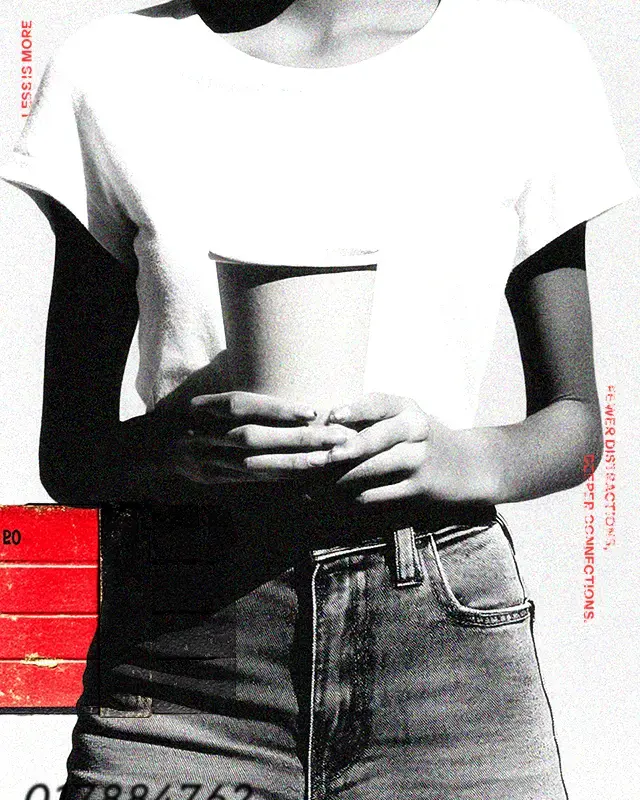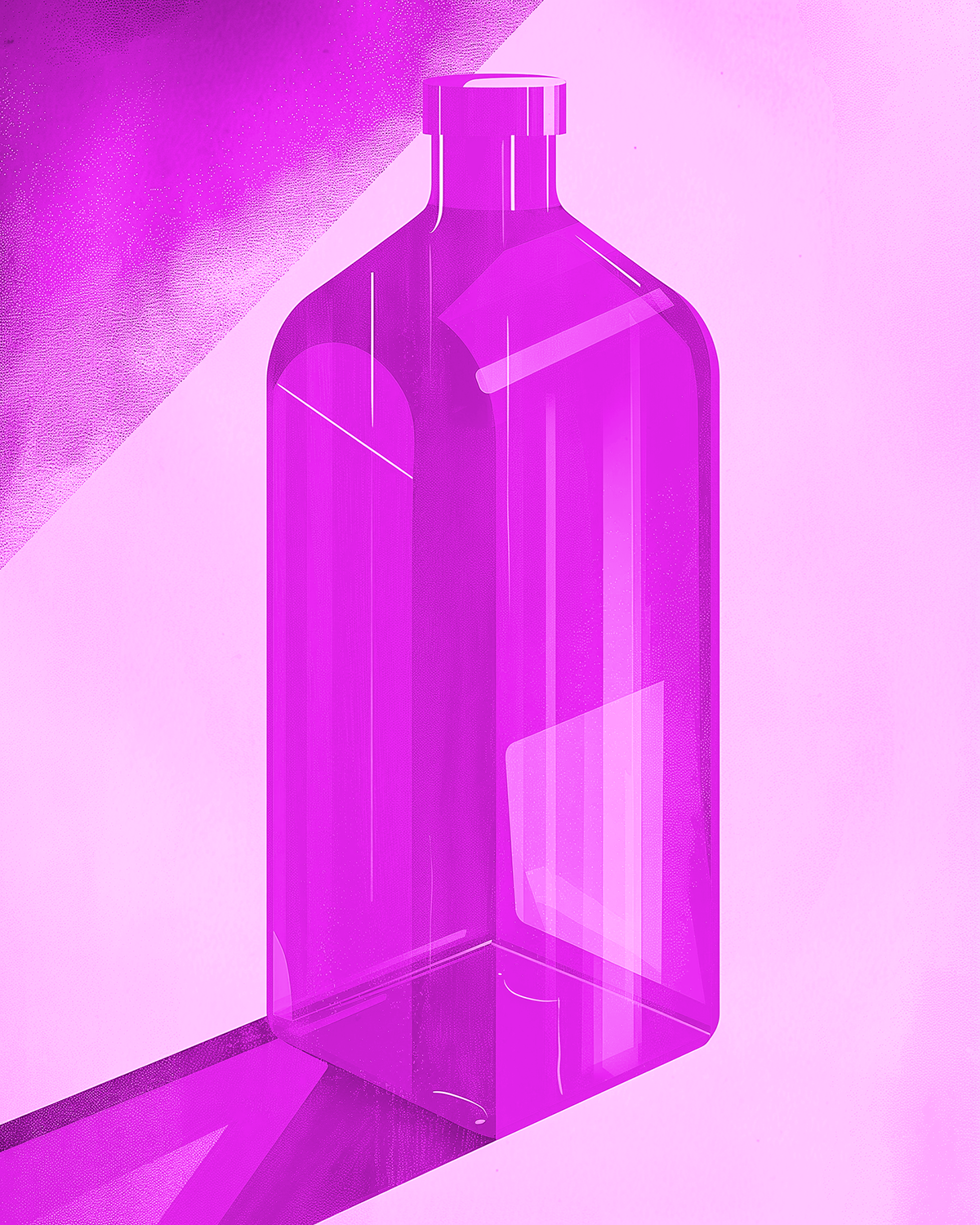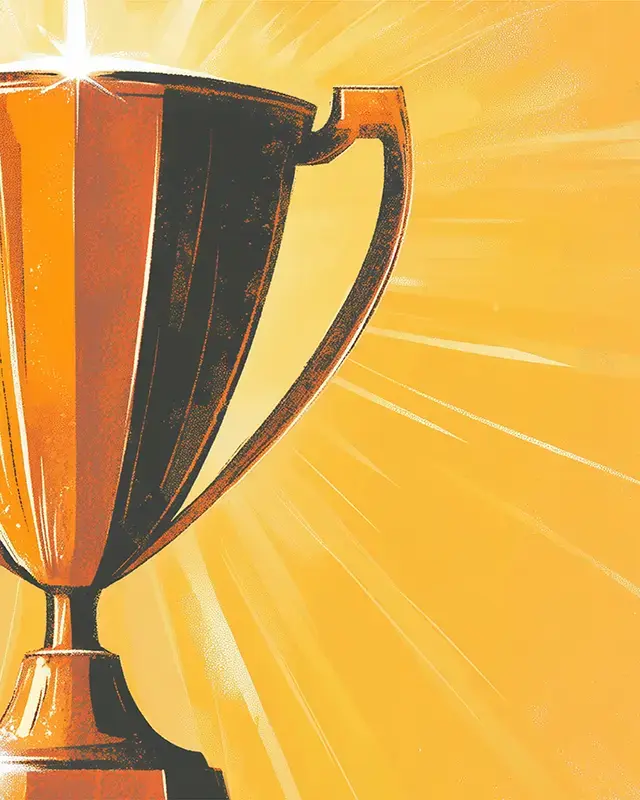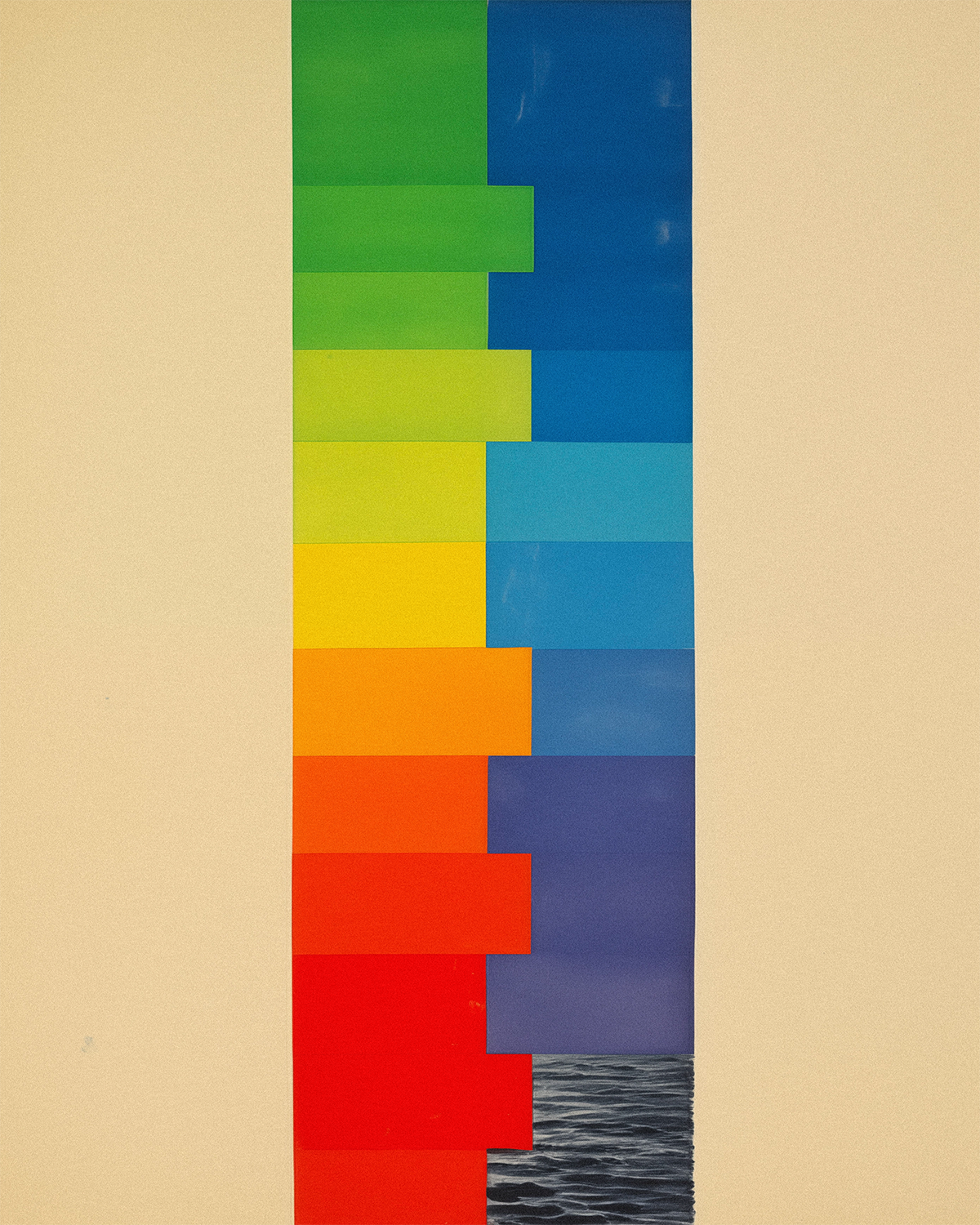
Sustainable Sipping: Eco-Friendly Trends in Beverage Packaging Design
Did you know over 140 million tons of plastic packaging are produced globally each year? That's definitely a staggering amount. Thankfully, as sustainability becomes a priority for more consumers, companies are increasingly turning to eco-friendly packaging designs that set their products apart.
In the beverage packaging world, innovative and sustainable alternatives are on the rise, offering options that not only please the palate but are also environmentally friendly. At Moxie Sozo, we’re committed to helping you stand out on store shelves while achieving your sustainable packaging goals.
Let’s Work Together
Every day, hundreds of decisions are made in grocery store aisles. As a beverage company, only a small percentage of consumers may check out your site or interact with you on social media. However, virtually all potential customers will come across your beverage packaging in-store, even if only for a moment. That moment is all it takes to make a lasting impression.
With intentional and thoughtfully designed packaging, you can leverage this opportunity to stand out from the competition. Prioritizing sustainability in your packaging design not only benefits the environment but can also lower costs, improve profits, and reduce waste.
When you work with us, we help differentiate your product from the mainstream brands, making it easier for loyal customers to find you. If sustainability is your focus, we’ll ensure it’s front and center in your beverage packaging design.
Interested in learning more? Let’s explore the latest innovations and trends in sustainable, eco-friendly materials in beverage packaging design.
Plant-Based Packaging
First up is plant-based packaging—yes, packaging made from plants! These eco-friendly options are derived from renewable resources such as seaweed, sugarcane, corn, and even mushroom mycelium. Unlike traditional plastics made from fossil fuels, plant-based packaging is a sustainable alternative that helps reduce our reliance on petroleum.
Plant-based packaging is ideal for caps, straws, and sleeves, and it keeps beverages safe and fresh. The environmental benefits are significant, including reduced waste, pollution, and carbon footprint. This type of packaging also enables composting and, importantly, doesn’t emit greenhouse gases when it ends up in landfills; instead, it breaks down naturally.
Minimalist Design
In today’s oversaturated market, sometimes less is more. One of the simplest ways to create sustainable packaging is to adopt a minimalist design approach. If something isn’t necessary, don’t include it. This approach not only appeals to eco-conscious buyers but also helps save on manufacturing costs and reduces your carbon footprint.
When designing your packaging, think about the kind of buyer you want to attract. Consider how your product will appear on store shelves and avoid excess packaging that could deter environmentally aware consumers. Whether it’s removing unnecessary straws or selling products individually to eliminate boxes, there are many ways to minimize waste. For instance, replace plastic rings with cardboard carriers. The minimalist aesthetic is currently in vogue, so keeping your packaging simple can help capture consumer attention.
Reusable Glass
Did you know glass is 100% endlessly recyclable? While this isn’t exactly breaking news, the trend of giving items a second life is gaining momentum, and glass is the perfect material for this purpose.
Eco-friendly consumers love to repurpose glass bottles for home décor, refillable products, plants, and other everyday uses. Beyond that, glass is an easy-to-recycle and reusable material that significantly reduces waste. Creating a beverage product in a reusable glass bottle with a distinctive logo not only contributes to sustainability but also gives your product a timeless appeal.
Aluminum
A classic material in beverage packaging design, aluminum isn’t going anywhere. With a recycling rate of 70%, aluminum is dependable, transportable, and lightweight. It's also one of the most environmentally friendly metals available, as it can be endlessly recycled into the same product.
But how is aluminum packaging being modernized? Many brands are pairing minimalist designs with interactive elements like QR codes and scannable labels. These features engage consumers with your product through games, quizzes, and other interactive content, adding a modern twist to a trusted material.
Compostable Paper and Cardboard
What are compostable materials? These are materials that can naturally decompose in a compost environment, helping to reduce plastic pollution and return nutrients to the earth.
Each year, about 140 million tons of waste end up in landfills, but your brand can make eco-friendly decisions when designing beverage packaging. Compostable paper and cardboard are gaining popularity among brands focused on reducing waste. This type of packaging requires less carbon to produce and significantly decreases the amount of waste sent to landfills. Made from compostable paper and/or cardboard, this material breaks down naturally, making it an excellent choice for sustainable packaging design.
Let Moxie Sozo Help with Your Sustainable Package Design
Packaging design is one of your few chances to capture attention and engage consumers. At Moxie Sozo, we specialize in creating packaging that not only draws in consumers but also immerses them in the unique world of your brand. If sustainability is your priority, we’ll ensure that your packaging reflects that commitment.
Have more questions about packaging design? Contact us todayto explore how we can help bring your vision to life.
%20(2).png)


-1.jpg)

